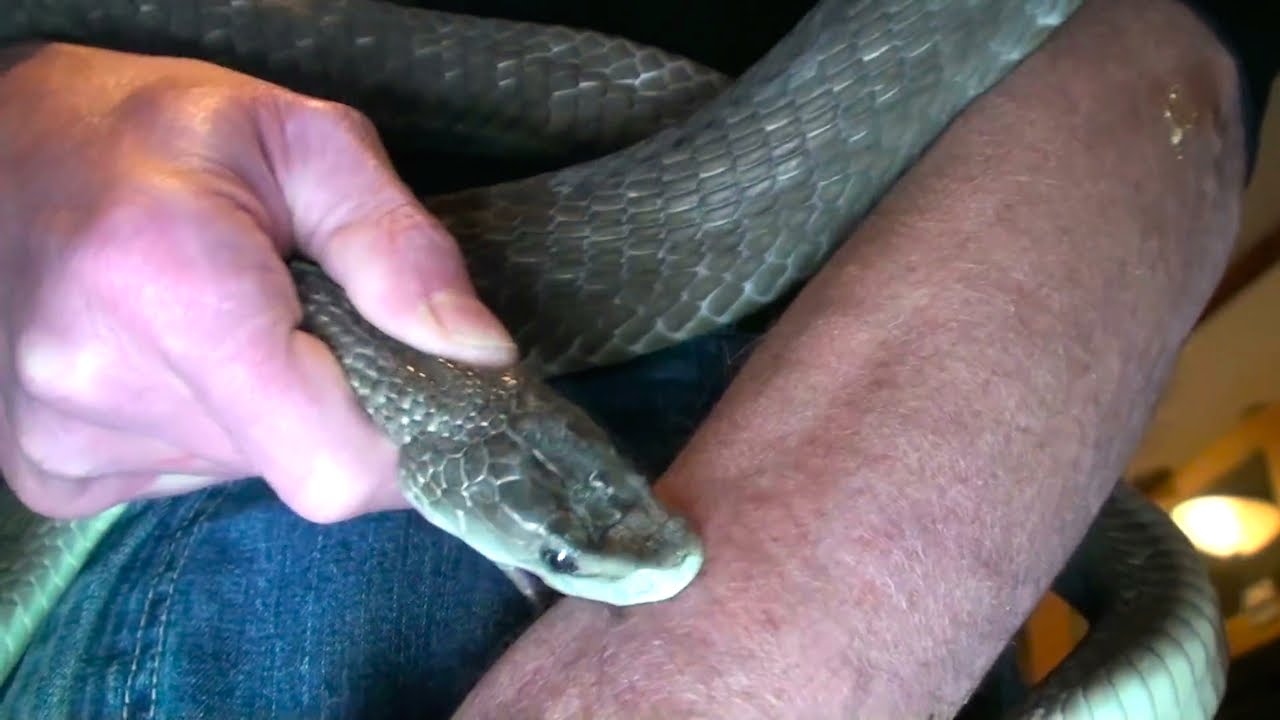Where you live in the world may determine whether you'll survive a snakebite.
About 93 million people worldwide live in remote regions where there are venomous snakes. If bitten, these folks are at increased risk of death due to limited access to anti-venom drugs, researchers said.
In South Africa poisonous snakes are straying into urban backyards with alarming frequency, and a bite from one can send you to hospital, or worse. To protect your loved ones and yourself against snakes and snakebites you need to know your local snakes and what to do if a bite occurs.
Extremely high-risk regions
"Understanding where venomous snakes live and people's proximity to effective treatments are the two most important steps toward reducing deaths. Our analysis identifies communities in greatest need," researcher David Pigott said in a University of Washington news release.
Pigott is an assistant professor at the university's Institute for Health Metrics and Evaluation (IHME).
The study was published in The Lancet.
Africa is home to most of the nations where people are more likely to die from a snakebite, Pigott's team determined. Those countries include Benin, Congo, Ethiopia, Nigeria and South Sudan.
Black mambas, cobras, vine snakes and carpet vipers are just a few of the deadly snakes on the African continent.
Myanmar in Asia – home to Russell's viper, banded krait and king cobra – and Papua New Guinea are other extremely high-risk regions, the researchers found.
Major neglected tropical disease
For the study, the researchers identified regions where it is hard to receive treatment. Then they generated range maps for 278 species of venomous snakes.
Previous research estimated that 5 million people worldwide are bitten every year by poisonous snakes, and about 125 000 of them die.
According to a previous Health24 article, staying calm and getting to a medical facility as quickly as possible will give you the best chance of surviving a venomous snakebite. Even if a hospital doesn't have antivenom, in most cases there will be enough time to order it in and provide supportive care in the interim.
"In spite of the numbers, snakebites received relatively limited global attention," said study co-author Simon Hay, director of geospatial science at IHME. "We hope this analysis can broaden the discussion about snakes."
Last year, the World Health Organization categorized snakebite as a major neglected tropical disease. Subsequently, the WHO said a plan must be developed to help countries provide greater access to snakebite treatment.
Fuente: www.health24.com
